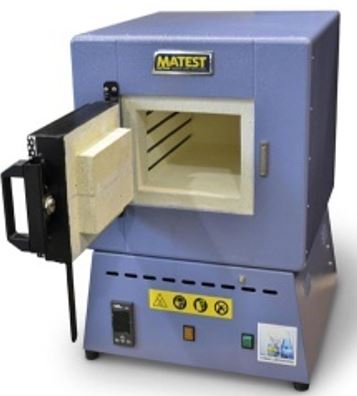Exploring Physico-Chemical profile in Vatsanabha Root processed through Aja Dugdha, Triphala Kwatha, and Rakta Sarshapa Taila
DOI:
https://doi.org/10.21760/jaims.10.1.11Keywords:
Vatsanabha, Aconitum ferox, Aja Dugdha, Triphala Kwatha, Rakta Sarshapa Tail, Physico-Chemical Profile, Toxicity ReductionAbstract
The present study aims to evaluate the comparative physico-chemical profile of Vatsanabha (Aconitum ferox), a potent medicinal plant, processed through three different Ayurvedic methods: Aja Dugdha, Triphala Kwatha, and Rakta Sarshapa Tail. Aconitum ferox, known for its therapeutic potency, is traditionally considered highly toxic, and its processing is crucial for enhancing its safety and efficacy. The physico-chemical analysis involved the determination of various parameters such as moisture content, ash values, pH, solubility, in each of the processed forms. The treatments were standardized by processing the Vatsanabha Mula with Aja Dugdha (goat's milk), Triphala Kwatha (a herbal decoction of Triphala), and Rakta Sarshapa Tail (red mustard oil). The results showed significant variations in the composition and quality of the processed formulations. The Rakta Sarshapa Tail processed Vatsanabha exhibited the highest reduction in toxic alkaloids. The Triphala Kwatha processed sample demonstrated enhanced antioxidant and anti-inflammatory properties, while the Aja Dugdha processed Vatsanabha enhanced the lipid-solubility and bioavailability of active compounds. This comparative study highlights the influence of different processing techniques on the chemical characteristics of Vatsanabha, suggesting that these methods significantly improve its pharmacological potential while reducing toxicity. The findings may aid in developing safer and more effective formulations of Aconitum ferox for therapeutic use in modern medicine.
Downloads
References
Agnivesha. Charaka Samhita. Chakrapani, Ayurved-Dipika tika, Vaidya Yadavaji Trikamji Acharya. Chaukhamba Surbharati Prakashan Varanasi; 2014. Sutra Sthan 01/07, Pg No.12.
Shastri Ambika Dutt. Sushruta Samhita - Ayurveda Tattva Sandipika. Chaukhamba Sansthan, Varanasi; 2016. Part-I, Kalpasthan 2/16, P. 45.
Pandit Shri Dharmananda Sharma. Rasaratna-Samucchya. Motilal Banarasi Das; 1962. 2nd edition, Vishavarga 24/23-24, p. 652.
Hebbar JV. Vatsanabha - Benefits, toxic effects, purification, dosage. Easy Ayurveda; 2012.
Rastogi SA. Review of Aconite (Vatsanabh) uses in Ayurvedic formulations: Traditional views and references.
Arya N, Kumar H. Comparative physico-chemical profile of 'Vatsanabha' processed through cow's urine and cow's milk. Int J Res Ayurveda Pharm.
Sarkar PK, et al. Importance of media in Shodhana of Vatsanabha. Gujarat Ayurved University, Jamnagar.
Nithya VS. A review on the need for Vatsanabha Shodhana and its pharmacovigilance concern.
Deore SL, Moon KV, Khadabadi SS, et al. Evaluation of toxicity of Vatsanabha before and after Shodhana.
Prasad SK, et al. Anti-secretory and anti-motility activity of aconitum and its significance in treatment of diarrhea. NCBI; 2014.
Agnivesha. Charaka Samhita. Chakrapani, Ayurved-Dipika tika, Vaidya Yadavaji Trikamji Acharya. Chaukhamba Surbharati Prakashan Varanasi; 2014. Sutra Sthan 27/222, Pg No. 165.
Mishra SN. Anandkanda. Varanasi: Chaukhambha Orientalia; 2008. 1st edition, Chaturdashollasa, p. 248, verse 26-27.
Sharma S, Shastri K. Rasatarangini. Motilal Banarasidas; 2007. Delhi: Tarang 24/22, p. 652.
Gopal Krishna. Rasendrasarasangraha. Varanasi: Chowkhambha Krishanadas Academy; 2003. 1st edition, Chapter 1, Vishaupavisha, p. 255-256, verse 365-366.
Government of India. The Ayurvedic Pharmacopeia of India. Part 1, Vol. 6. New Delhi: Ministry of Health and Welfare, Department of AYUSH; 2009.















